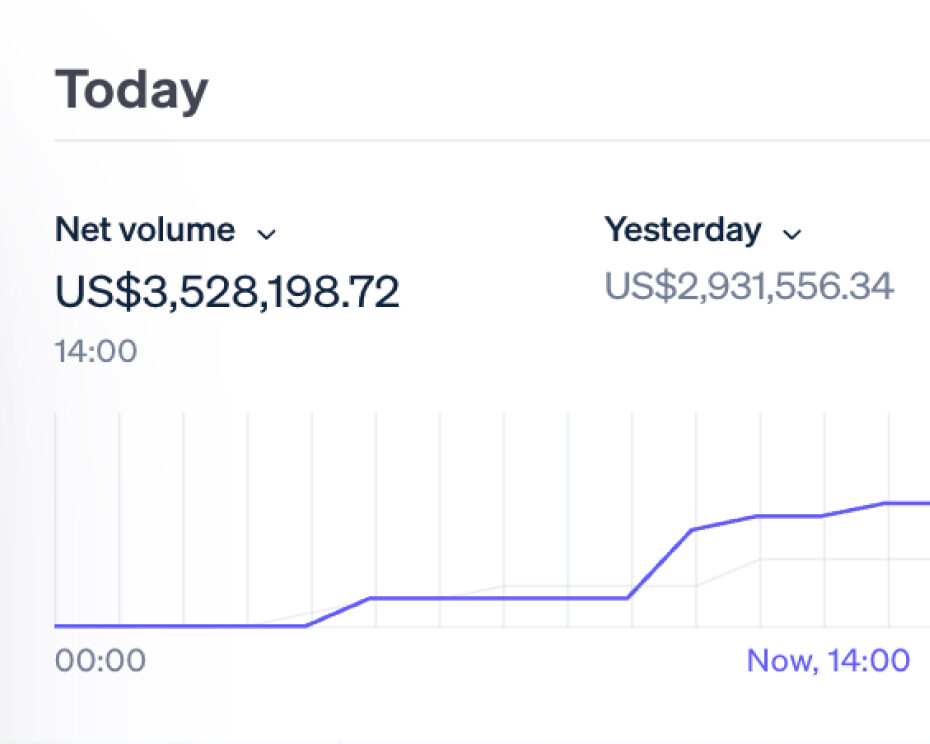The Rise of Membership Pricing
Traditional fixed pricing is evolving as businesses adopt more flexible and innovative models, such as membership pricing in Europe.
In the UK, Sainsbury’s and Morrisons have joined Tesco in offering exclusive prices to members. Marks & Spencer is also trialing this with “Sparks Prices” over the summer.
These supermarket membership schemes evolve traditional loyalty programs by offering special prices to members rather than just rewards. This model is now expanding into other areas of retail and hospitality. Pret A Manger has also launched membership pricing with its Club Pret offering.
With Club Pret, customers pay £30 a month for a membership, entitling them to five free hot drinks a day and 20% off the entire menu. Similar to Tesco’s Clubcard Price labels, Pret’s discounted member prices are highlighted on its shelves.
Why is Membership Pricing Increasing?
As the cost of living and inflation remain high in the UK, businesses seek ways to maintain steady revenue streams. Membership pricing incentivizes loyalty by offering better value for money. By encouraging regular purchases through discounted prices, the model enables stable revenue flow and helps manage operational costs.
The cost-saving benefits appeal to consumers with tight personal budgets. Businesses offering discounted prices for members during challenging economic times can improve their reputation by appearing more accommodating and attuned to customer needs.
The Risks
Precision is crucial for the membership pricing model to succeed. Without it, businesses risk being accused of arbitrary price hikes that inflate regular prices to create the illusion of a discount. Extreme price rises or high-cost memberships can alienate customers.
Pret’s Pricing Profits
Despite some controversy over non-member price inflation, the Club Pret model has been successful since its launch. The membership program contributed to Pret’s annual profit this year, the first since 2018.
Club Pret has faced inflation-related challenges and increased the membership cost from £20 to £30 a month since its 2020 launch. Although this increase was offset by a rise in the members’ store-wide discount from 10% to 20%, some customers may be deterred.
Is membership pricing here to stay?
For membership pricing to be sustainable and successful in other markets, businesses must address consumer concerns about price hikes and consistently deliver good value. Membership pricing offers businesses access to valuable customer data, influencing the model’s durability.
Businesses can harness this data to perform accurate shopper analysis, implement tailored marketing campaigns, and inform future pricing to maximize margins and limit costs. However, they need the right tools to collect and process this data effectively.
The growth of digital solutions, such as intelligent pricing, supports businesses in pursuing creative strategies like membership pricing. Intelligent pricing enables businesses to deliver the right price at the right time across membership and standard pricing. It also analyzes usage and cost data to adjust future pricing and drive profits.
Powerful pricing software supported with deep experience
Flintfox gives you flexibility with your application, unprecedented speed and power from our pricing engine and support from our dedicated team.
